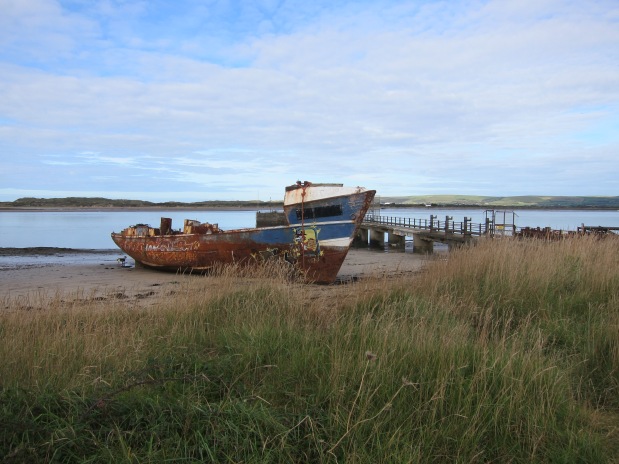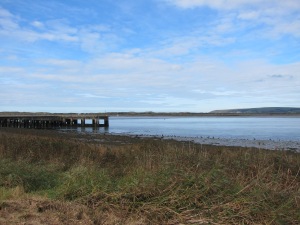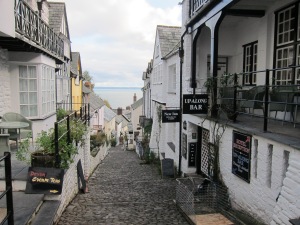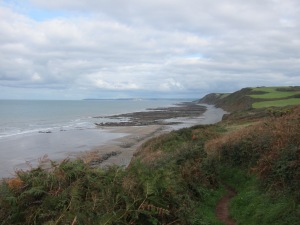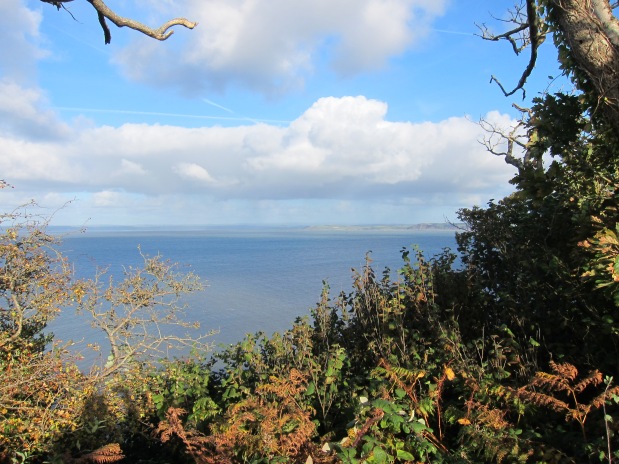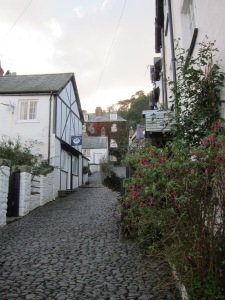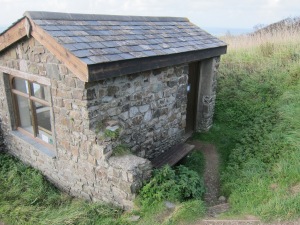Today has been a great day, although, at just over 20 miles, a bit too long. We were lucky to get here at all as yesterday there was both a tube and a rail strike and our planned train was cancelled. The only way to get here was to walk from King’s cross to Paddington, in my case, and Finsbury Park to Paddington, in Rachel’s, then make a run for the Plymouth train as soon as it was announced to try to get ahead of the two trainloads of people crammed into a single train with fewer carriages than usual. There were some very unhappy punters!
In the end, all worked out well and we got to our charming little guest house on the outskirts of Plymouth just before midnight. Following a very substantial breakfast, we took the bus into the city centre, and picked up the coast path not far from where I left it with Vicki nearly two years ago (can’t believe it is that long since I was on this side of the country!)
We walked along the Hoe, pausing to take in the enormous memorial to the fallen of the Royal Navy in both World Wars, and then past the lovely eighteenth century housing.  There is still a very large and elegant stone barracks to admire. We caught the 11.15 Cremyll ferry across Plymouth Sound, which was full of pleasure craft as well as more serious looking boats, to Mount Edgcumbe. We stopped for a coffee in the very attractive Edgecumbe Arms pub, then followed the path though the really beautiful woodlands that fringe the estate on the seaward side, pausing to admire the view, and the multifarious follies.
There is still a very large and elegant stone barracks to admire. We caught the 11.15 Cremyll ferry across Plymouth Sound, which was full of pleasure craft as well as more serious looking boats, to Mount Edgcumbe. We stopped for a coffee in the very attractive Edgecumbe Arms pub, then followed the path though the really beautiful woodlands that fringe the estate on the seaward side, pausing to admire the view, and the multifarious follies.
Mount Edgecumbe is home to one of the biggest camellia collections in the country, but, sadly, they have all finished blooming now. The day was perfect – sunny, clear, with a light warm breeze, but not too hot. Unfortunately my pack is too heavy…I have not carried a pack for a 12 day trip, and although I have pared it down and can still fit it into 26 litres, it seemed weighty. It has been a while since either of us has done much walking – my last coast walk joint was back in February although I had a couple of days in the Lake District recently, and Rachel has dished her knee, so we took it pretty gently.
The sea glistened to our left as the path gently undulated through woods and on the edge of fields.
Our first landmark was the tiny chapel at Rame Head, visible for miles in both directions, and mentioned in the shanty, ‘Spanish Ladies’ as one of the places the sailors recognise on their return home.  I had to double black to find my camera case which I had dropped, and caught Rachel up to find her listening to the Wimbledon men’s semi-final. After a short, not entirely intentional detour to the Rame Head life boat station, and a very confused scramble through a field full of brambles, the whole thing became fairly plain sailing. The path is broad, and easy at this point, and we ambled long, the silence punctuated by Rachel giving me updates from the tennis – apparently one of the best matches ever played by Federer. On one of the few narrow points, we ran into some Dartmoor ponies, who completely blocked the path, and refused to move, even when nudged by the end of Rachel’s walking pole. Eventually, we had to climb past them, hoping they wouldn’t take fright and kick.
I had to double black to find my camera case which I had dropped, and caught Rachel up to find her listening to the Wimbledon men’s semi-final. After a short, not entirely intentional detour to the Rame Head life boat station, and a very confused scramble through a field full of brambles, the whole thing became fairly plain sailing. The path is broad, and easy at this point, and we ambled long, the silence punctuated by Rachel giving me updates from the tennis – apparently one of the best matches ever played by Federer. On one of the few narrow points, we ran into some Dartmoor ponies, who completely blocked the path, and refused to move, even when nudged by the end of Rachel’s walking pole. Eventually, we had to climb past them, hoping they wouldn’t take fright and kick.
The path led throughout the firing range at Tregantle, where we were thrilled to see a stoat actually mesmerising a small bird. We watched as the two creatures stared at each other, wondering why the bird didn’t just fly away. The stoat got closer, but I’m afraid we interfered with the course of nature by making a noise. The bird immediately came to its senses and flew off. There was nothing else to be seen at the barracks other than a rather good looking young man emptying the water out of an inflatable dinghy and pulling determinedly on the outboard. As the boat was at least half a mile from the sea, and not even on a trailer, I couldn’t really see the point of running the engine. Perhaps it was to confuse the enemy…
We thought a detour to a fish and chip shop in Port Wrinkle would be a good plan, as it was getting quite late and we were starving, but unfortunately the only café was closed. Downderry was a further 2.5 miles up the steepest slope of the day. A sudden squall meant a scramble for waterproofs – no sooner on than the sun was shining. Rachel’s knee was causing a bit of bother, so mindful of the fact that the pub might stop serving food at nine, I raced on ahead to get our orders in – not a moment too soon. We are staying at the Inn on the Shore and I am just heading to bed after an excellent supper.




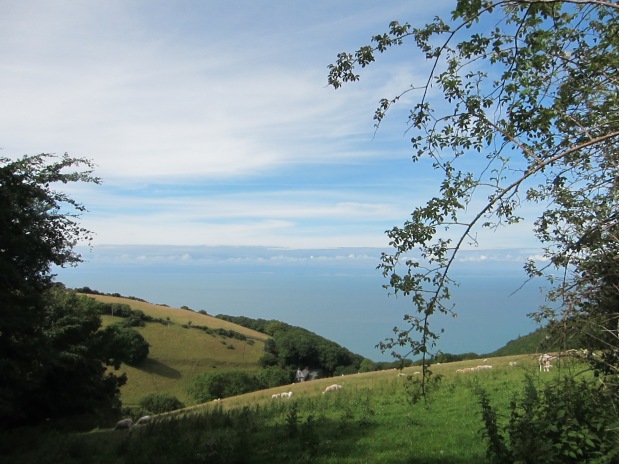

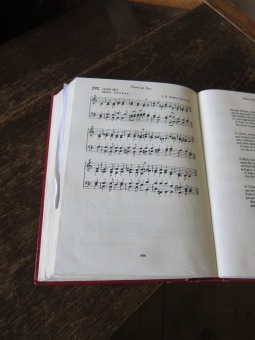
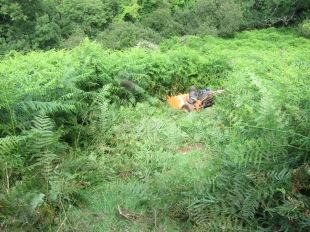
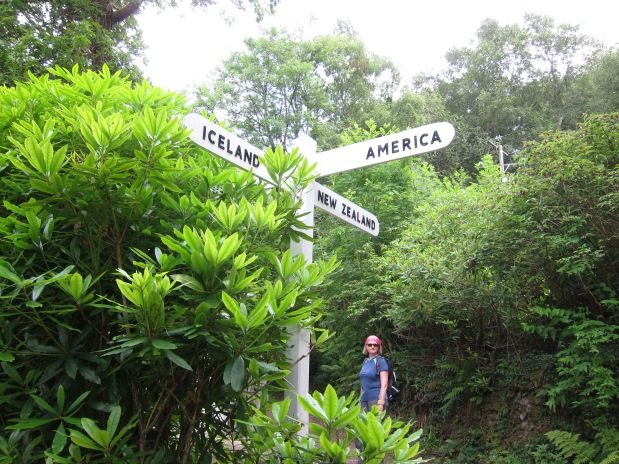
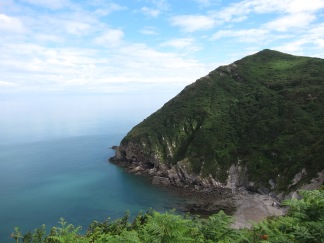



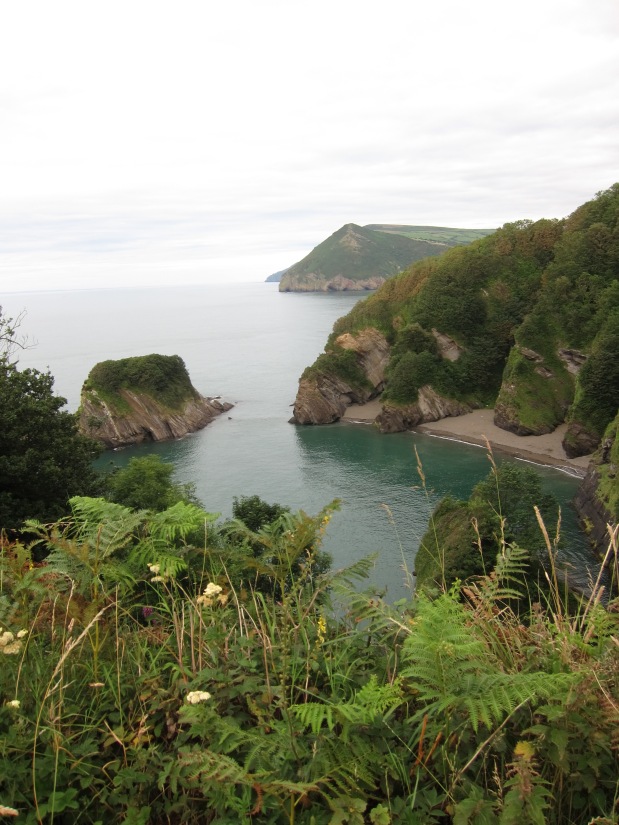



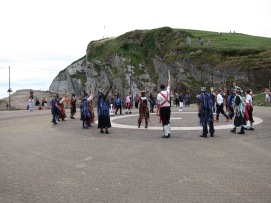 ery large group of Morris dancers, prancing on the green. I have never seen colourful Morris costumes befores before – only the traditional white outfits. The bells on their legs were surprisingly loud.
ery large group of Morris dancers, prancing on the green. I have never seen colourful Morris costumes befores before – only the traditional white outfits. The bells on their legs were surprisingly loud.